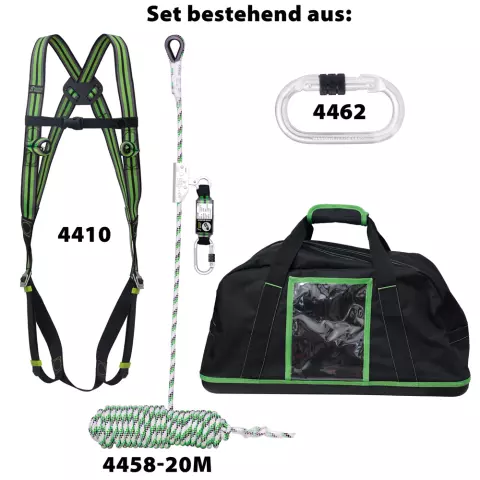Fall Protectors
Fall protectors, also known as fall arrest systems or fall protection equipment, are safety devices designed to prevent workers from falling or to arrest a fall in progress. These products are essential in industries such as construction, manufacturing, oil and gas, and utilities, where employees often work at heights or in hazardous environments. Common fall protectors include harnesses, lanyards, anchor points, and safety nets, all engineered to enhance worker safety and compliance with regulatory standards.
Fall protectors, also known as fall arrest systems or fall protection equipment, are safety devices designed to prevent workers from falling or to arrest a fall in progress. These products are essential in industries such as construction, manufacturing, oil and gas, and utilities, where employees often work at heights or in hazardous environments. Common fall protectors include harnesses, lanyards, anchor points, and safety nets, all engineered to enhance worker safety and compliance with regulatory standards.
Fall protectors, also known as fall arrest systems or fall protection equipment, are safety devices designed to prevent workers from falling or to arrest a fall in progress. These products are essential in industries such as construction, manufacturing, oil and gas, and utilities, where employees often work at heights or in hazardous environments. Common fall protectors include harnesses, lanyards, anchor points, and safety nets, all engineered to enhance worker safety and compliance with regulatory standards.
List products you’re looking for and we’ll find the best products and prices for you – all for free.
Need help?
Get help from our experts
Be the first to hear about offers, industry trends and get tips on industrial supplies.
FAQ – Frequently Asked Questions
You can pay with any of the following popular payment methods:
Need help?
Get in touch with our customer support if you need help
Chat with us
Get help from our experts

















